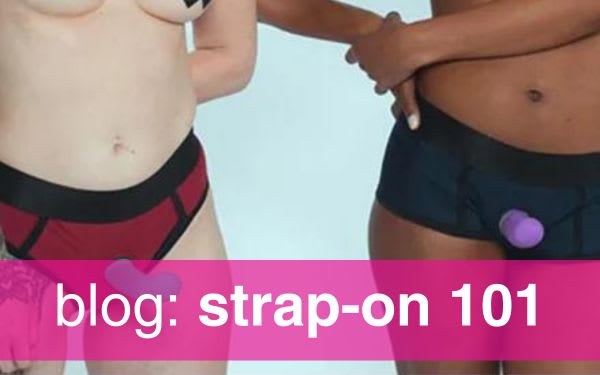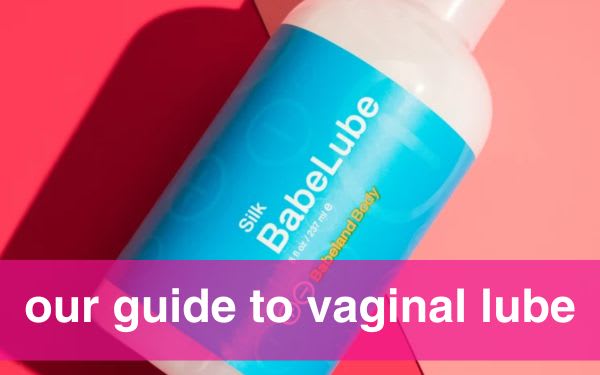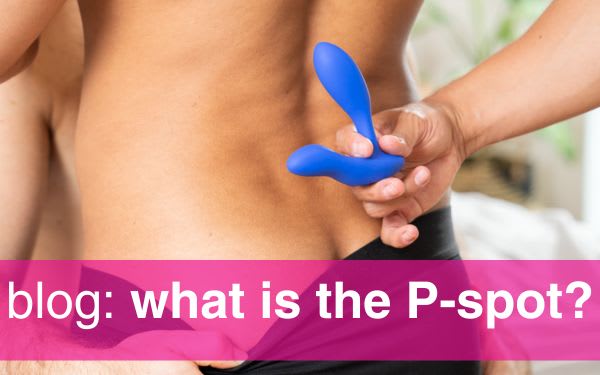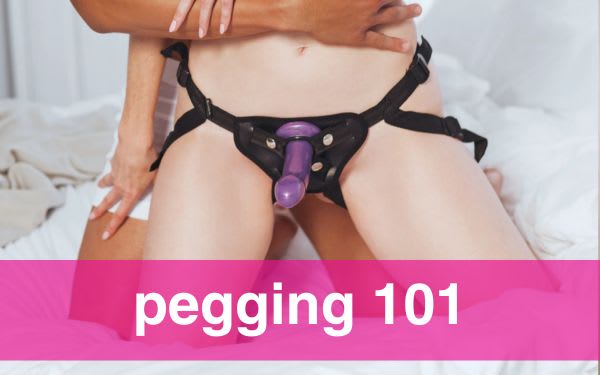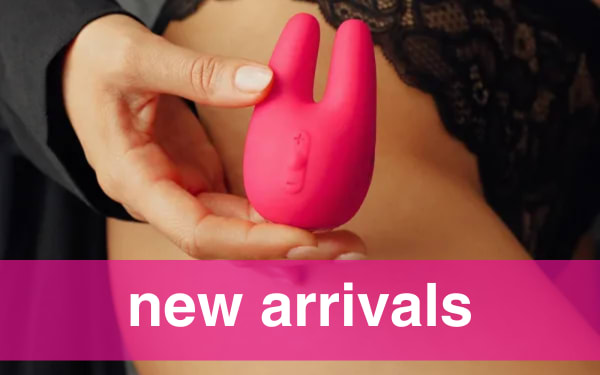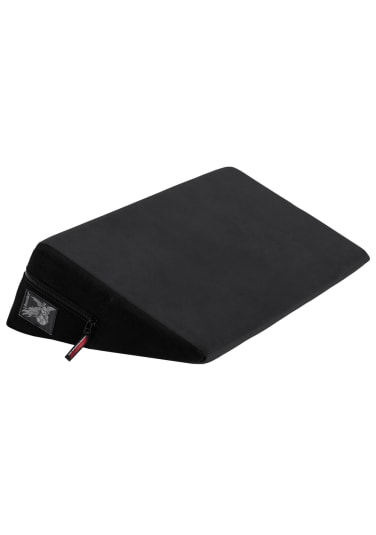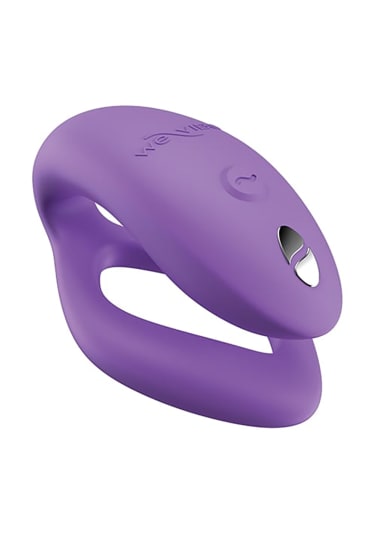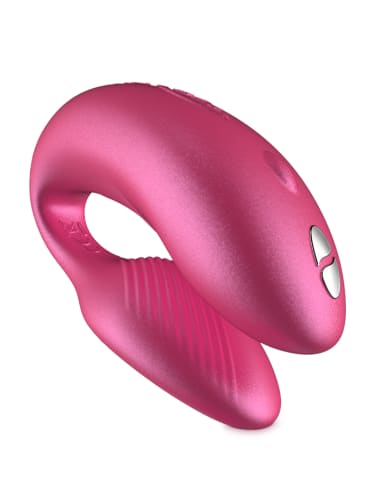Did You Come? Orgasm Tips for Vulvas
If you’re not climaxing when you have penetrative intercourse with a partner, and you want to learn to do it, read on.
What is the orgasm gap?
First things first: let’s talk about “the orgasm gap” (aka the “pleasure gap” or “orgasm inequality”). According to Wikipedia, the orgasm gap is “the disparity in sexual satisfaction—specifically the unequal frequency in achieving orgasm during sexual encounters—between heterosexual men and women”.

Dr. Laurie Mintz, orgasm researcher and author of the book Becoming Cliterate: Why Orgasm Equality Matters--And How to Get It attributes a primary reason for this gap to be a “cultural ignorance of the clitoris,” that P-in-V sex that focuses only on the act of penetration and doesn’t give the clit the attention it deserves is a distinct detail in why so many women and other vulva-owners aren’t quite getting there while their penis-owning partners are.
Arousal + foreplay:
There are two especially important factors when it comes to orgasming during intercourse: achieving a very high arousal state during sex, and the ability to orgasm in the first place. Some people may have their very first orgasm during vaginal penetration, but most will discover other kinds of play make it easier to come, especially external stimulation - in this case, clitoral play. Having orgasms from any source will build neural pathways that allow future orgasms to happen, so any orgasm is likely to open the door to more (and often easier-to-achieve) climaxes.
Without sufficient arousal, vaginal orgasm is very unlikely to happen, and many couples rush it and engage in penetration before the person with the vagina is aroused enough. People often think they need to increase the length of time they engage in intercourse to ensure orgasm, when in fact what they need to spend more time doing is everything arousing before they get to penetration - what many of us may refer to as foreplay.

The sexual response cycle has four stages: arousal (aka the anticipation and excitement phase), plateau (when arousal starts setting off physical responses like heightened sensitivity, increased lubrication, etc), orgasm, and resolution (where the body returns to the state it was in before sexual response occurred). But you can’t get to step three without steps one and two first, so any way you want to frame your foreplay or arousal stages - you can’t skip ‘em if you want to come during vaginal intercourse.
How do I come during intercourse?
A note: As we talk about intercourse, the information will be relevant for penis-in-vagina sex--but also for those using strap-ons to pleasure their partner vaginally. Transmasculine and non-binary folks may also experience orgasm through receiving vaginal penetration, though they may use different language for it than “vaginal” sex. Trans women with neo-vaginas may find their stimulation comes from more internal or external stimulation depending on the type of surgery they may have had.
Far from intercourse being the main way people climax—that’s a myth!—many people are orgasmic from oral sex, handjobs, nipples, anus, toes, and more. But let’s concentrate on the vagina and clitoris for now. Vaginal penetration almost always involves at least some clitoral stimulation, since the legs of the internal clitoris actually surround the vaginal opening and so penetrative play can still stimulate the clit that way — maybe not enough to trigger a clitoral-focused orgasm, but enough to add arousal and extra sensation—and the clitoris is the primary source of sexual arousal for most people who have one.
So, one strategy for learning to come during intercourse is to maximize the clitoral contact you have with your partner’s body; many intercourse positions don’t do that, and leave the clitoris out.
Clit-focused positions
You might find success with the cowgirl (or cowperson) position, while others prefer the missionary position variant known as the “coital alignment technique“: it involves your partner “riding high” and adding penile pressure to your clitoris during intercourse. A variant of this involves very close body contact during missionary position sex: instead of keeping your legs widely spread, wrap your ankles around your partner’s calves while they're inside you, which will pull your bodies very close together.

If you wanna dive more into clitoral stimulation (how to do it, tools, tips, and techniques) - we’ve got a whole blog on that here: Exploring Clitoral Stimulation - The Ultimate Guide
Of course, you can just reach down and add clitoral stimulation yourself (by hand or via a vibe) during practically any intercourse position — in fact, this is a great idea, because adding the kind of stimulation your body recognizes and responds to will aid you in learning how to come in a new way. This method is often recommended by sex therapists. Use clitoral stimulation to reach high arousal; add vaginal penetration and get to as high an arousal point as possible that way; add clitoral stimulation again until you’re able to come. Gradually, as your body associates orgasmic response with vaginal penetration and high levels of arousal, it’s quite possible that you won’t need to add direct clitoral stimulation any longer. Not that there’s anything wrong with doing so — if either or both partners have hands available, this is a great way to use at least one of them!
Adding dildo play to masturbation, if you don’t already do that, gets you tuned into the sensation of penetration and helps you learn what kinds of movements stimulate you best. And finally, adding erotic stimulation of any kind during intercourse may increase the chances or orgasm: erotic talk, fantasy, porn, nipple or anal stimulation, passionate kissing... lots of things can work. Whatever turns you on!
Go for the G-spot
Internal hot-spots like the G-spot (and even the A-spot aka the anterior fornix, a nerve-rich area deep in the vaginal canal near the cervix) can be orgasmic, too - but not every position is amenable to them getting their dues during penetrative play. Using a positioning pillow to elevate the hips and tilt the body, or try a position like doggy style that provides an angle to help the penis (or dildo, or fingers) aim towards those hot-spots with each thrust or movement. You can read even more about the G-spot here.
Communicate!

Once you incorporate all these ideas into your lovemaking and determine which of them work best for you, dive in and explore that! And try your best to focus on the sensations instead of overthinking it - many lose their orgasms by staying too “in their heads” during sex. Keep your mind on what’s feeling good, and give yourself the deserved permission to seek it out.



